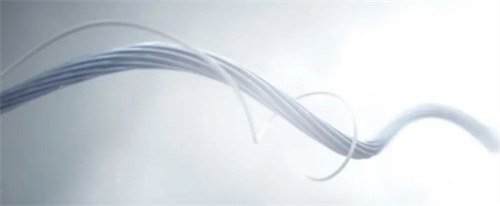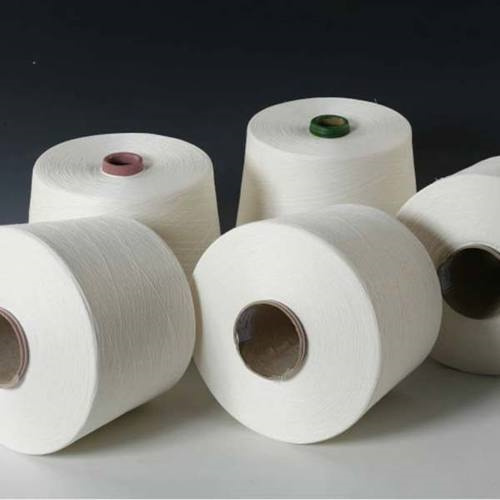Textured (Bulked) yarns
Dec 14, 2021
The appearance of textured yarn was originally just to increase the expansion and looseness of fibers by changing the geometric properties of the fiber material, like cotton and fine wool, to make the product plump and warm. Through various deformation processing, filament yarn overcomes the shortcomings of filament yarn. It has many characteristics of spun yarn (such as expansion and warmth), while reducing investment and cost, improving product quality and production efficiency, and expanding The purpose of filament yarn.

1. Several characteristics of textured yarn:
① Raw materials: generally use thermoplastic synthetic fibers and filaments (except for network yarns)
② Processing: After other methods of deformation processing such as mechanical physics, the original parallel arrangement of filaments is changed
③ The appearance of the yarn: two-dimensional or three-dimensional crimping deformation (crimp, loop, solitary, corrugated) distributed along the axial direction
④ The performance of yarn: the filament is reinforced in a certain way, and the textured yarn has a certain strength and elongation performance2. Types of textured yarn
Generally divided into deformation processing methods:
(1) False twist textured yarn:
①High flexibility (DTY)
②Low elasticity (FDY)
(2) Air textured yarn ATY
(3) Puffed textured yarn BCF
(4) Network wire
(5) Acrylic bulked yarn
(6) Composite (new) textured yarn (multiple textured yarn)
①Multiple repetitive changes in filaments
②Intermittent network wire
③Slubby silk
④Mixed false twist yarn
⑤Uneven draft yarn
⑥Mixed fiber drawn yarn

2.According to raw materials:
(1) Polyester (polyester) textured yarn
(2) Nylon textured yarn
(3) Polypropylene textured yarn
(4) Acrylic expanded yarn
According to structure
(1) Simple textured wire
(2) Complex textured yarn
3. The purpose of fiber crimping processing
①Basic purpose-simulation
Most natural fibers have a crimped or twisted morphology. Such as wool, cotton, etc., this fiber has good cohesive force and is beneficial to spinning; it has good bulkiness, which has a great effect on the wearing performance of the product (such as bulkiness, fullness, warmth retention, softness, stability, and air permeability). Big impact.
Short fiber simulation
Natural fiber or chemical short fiber can be purely or blended through different spinning systems to obtain full-feeling and bulky short fiber yarn. These properties are mainly through the complex arrangement of short fibers, hairiness, bending, etc., so that there are voids in the yarn, or there is a sense of fluffy and softness.
②The advantages and disadvantages of synthetic fabrics:
Filaments, such as polyester, nylon, and acrylic in synthetic fibers, have the advantages of high strength, high elasticity, resistance to repeated deformation, abrasion resistance, durability, easy washing and quick drying. However, because of its smooth surface, circular cross-section and close to each other in the yarn, straight and parallel arrangement, the woven fabric feels slippery, sticky when worn close to the body, airtight, stuffy, and lacks the warmth retention of natural fibers. , Comfort and dimensional stability.
③Curl deformation processing:
In order to make up for the shortcomings, by changing the shape of the filaments (fibers) in the length direction to improve their bulkiness, this is called crimping processing, or deformation processing for short.

